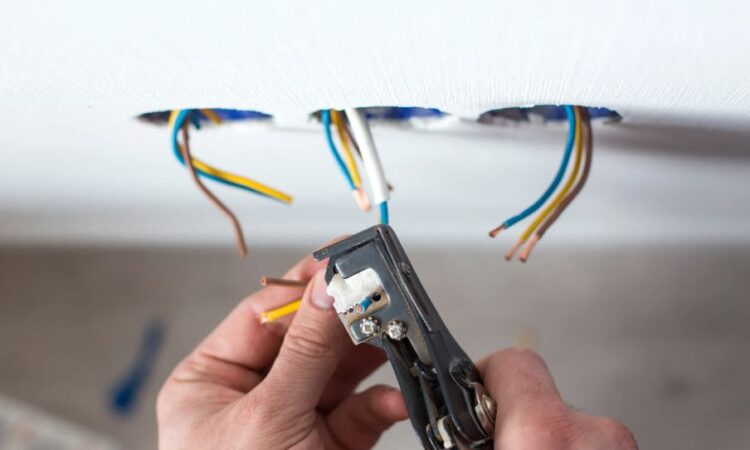
Why We Care About Reliable Home Wiring
Most of us don’t think twice about the wiring behind our walls until something goes wrong. A flickering light, a tripped breaker, or that one stubborn outlet that never seems to work—these are more than minor annoyances. They’re reminders that electricity powers nearly every moment of our day, and when it fails, life slows down fast. If you need a trusted electrician, we explain how to pick one, what questions to ask, and what a fair price looks like. We keep things practical—no jargon, no scare tactics—just clear steps and signs to watch. We aim to help you feel safe and in control. Read this guide to learn easy checks you can do, how pros diagnose issues, and how upgrades or repairs usually go. By the end, you’ll know the right next step and how to ask the right questions when a pro arrives. If you want calm, steady power again, keep reading and let us walk you through the choices.
How To Spot a Skilled Electrician
You want someone who shows up on time and explains the job in plain words. Ask about the license and local experience. A pro should give a written estimate before work starts. They should test circuits and label breakers when done. Watch for clean tools and neat wiring. If the tech rushes or dodges questions, that’s a red flag. You should feel comfortable asking for references or a short warranty. Trust grows when the pro tests and shows you the problem. Don’t hire on price alone; cheap can mean repeat visits. Ask about permits for bigger jobs and who handles inspections. A good electrician explains safety limits and offers simple options.
- Ask to see the license and insurance.
- Request a written, itemized estimate.
- Confirm warranty on labor and parts.
- Ask who handles permits and inspections.
What To Expect During a Home Visit
When a pro arrives, they should start with a short walk-through. They will listen to your concerns and inspect outlets, lights, and the panel. Expect basic tests like voltage checks and load measurement. For big work, they’ll need a permit and a brief power shutdown. The tech will explain the steps, parts, and timeline. Work usually ends with tests of each circuit and neat labeling. You should get a written invoice that matches the estimate. If something unexpected appears, they explain options before proceeding. Keep kids and pets away during checks. Take note of any follow-up recommendations and ask for simple care tips.
- Expect an initial inspection and basic tests.
- Prepare for a short power outage for larger work.
- Get a clear timeline and final written invoice.
Why Regular Checks Save Money and Risk
Small issues can grow into big repairs or hazards. Loose connections and old breakers wear out over time. Regular checks catch small faults early. You avoid emergency calls and higher fees. Upgrading panels or outlets can improve safety and add capacity for new devices. A yearly check keeps warranties valid and records fresh. If you plan major appliances or EV charging, plan an upgrade now rather than later. We recommend simple seasonal checks and a pro inspection every few years. Fix small items early, and your home stays safer. It’s about being practical and avoiding surprise bills.
- Schedule periodic inspections every 2–3 years.
- Address buzzing or warm outlets promptly.
- Plan upgrades before adding heavy loads.
How We Help You Move Forward
We stand ready to guide you. We explain options in plain words and help you compare quotes. We handle permits, neat installations, and final testing. If you choose to work with us, we’ll outline steps, costs, and timelines clearly. We want you to feel secure about the work and the price. Take one small step: list what you’ve noticed, take a photo of your panel label, and call a licensed pro for a short assessment. We’ll answer follow-ups and help you choose the safest, smartest option. Let us help you keep your home powered and peaceful.




